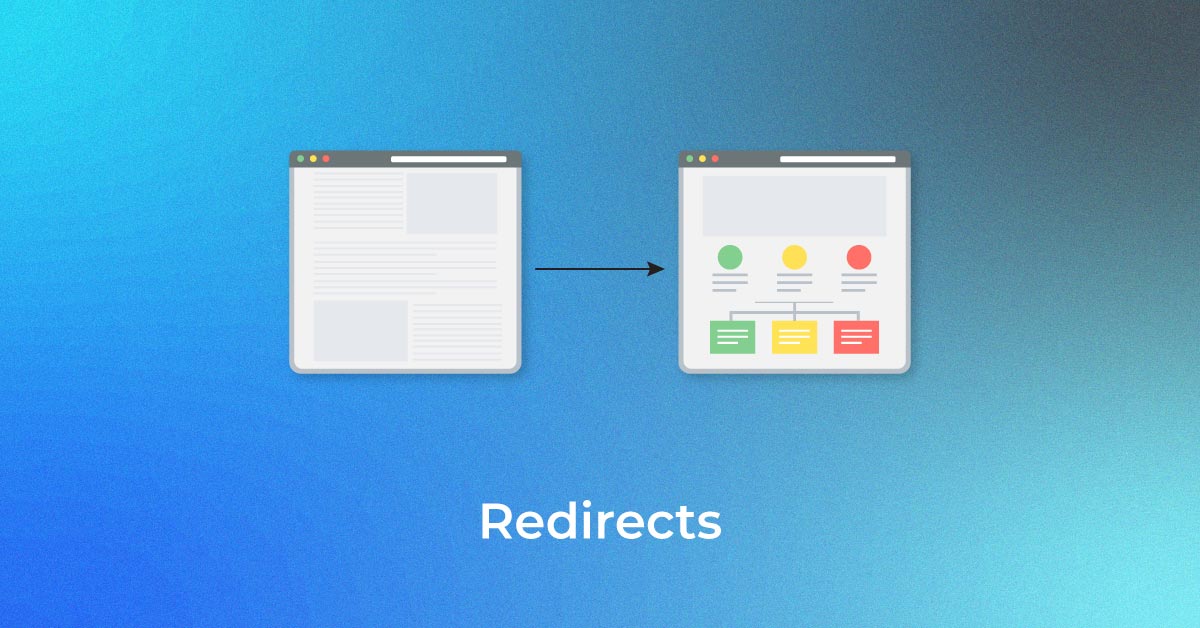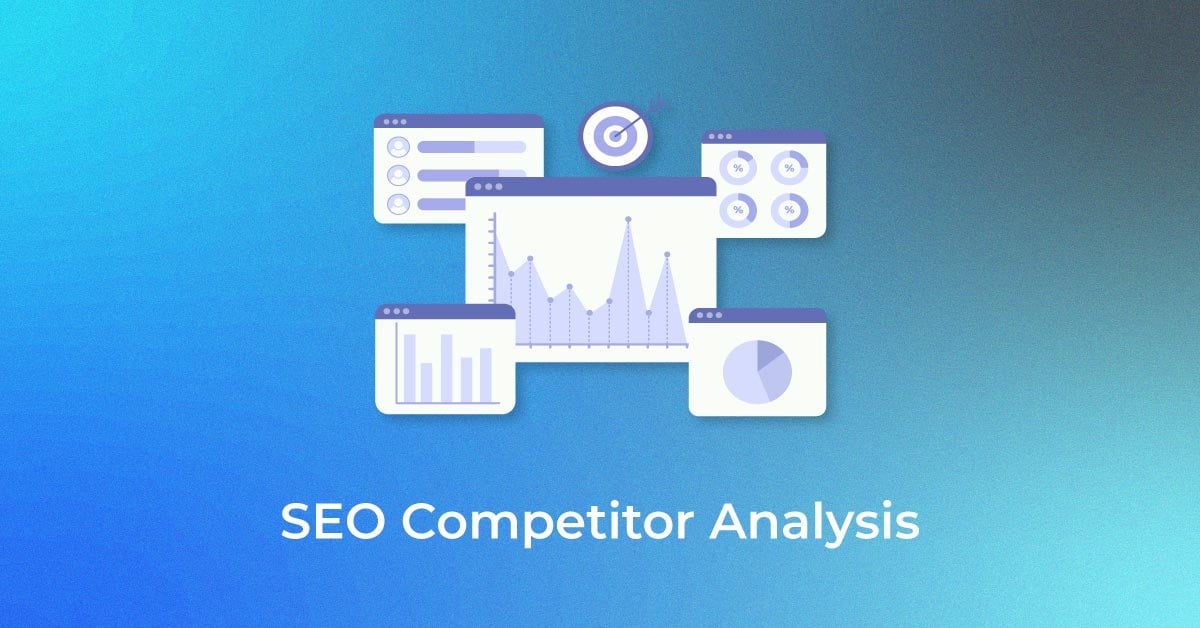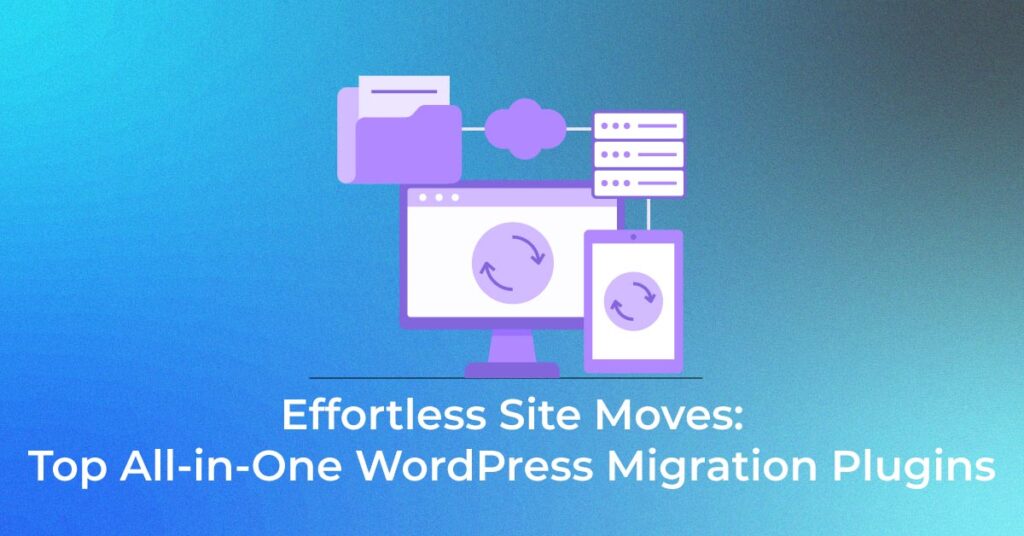Introduction to WordPress Site Migration
The Importance of Hassle-Free WordPress Site Migration
WordPress site migration can often appear daunting, whether you’re shifting to a more robust hosting provider, changing your domain name, or simply wanting to duplicate a site for development purposes. The importance of a hassle-free migration process cannot be overstated, as it ensures the integrity of the site data, minimizes downtime, and provides peace of mind. Utilizing expert website development services can help streamline this process, ensuring that every technical aspect is handled smoothly. Effective migration tools are vital for maintaining SEO rankings and providing a seamless transition for your users, making it crucial for any website owner to have a reliable migration process.
Key Features to Look for in WordPress Migration Plugins
When searching for the perfect WordPress migration plugin, your focus should be on features that streamline the transfer process while maintaining your website’s integrity. Look for:
- Intuitive Interface: A user-friendly interface simplifies the migration process, especially for those with less technical knowledge.
- Complete Migration: A good plugin should handle all elements of your site, including databases, media files, plugins, and themes.
- Zero Downtime: Ensuring visitors still have access to your site during the migration is essential.
- URL Rewriting: The plugin must be capable of updating URLs to match the new domain or hosting environment.
- Backup Functionality: Before making major changes, a backup option safeguards your site in case of errors.
Evaluating these features will help you make an informed choice and ensure your site’s move is as smooth and trouble-free as possible. This evaluation is a key part of a migration strategy, which includes assessing the technical aspects, selecting the right tools, and planning for a seamless transition.
WordPress Migration Plugins Overview
1. Duplicator: A Developer’s Favorite
Duplicator stands out as a top choice among developers for its robust functionality and flexibility. Renowned for handling complex migrations effortlessly, it allows for securely moving multisite networks or standalone sites without breaking a sweat. With capabilities that scale with the size of the website, it can tackle the demands of both large and small sites, which is why it has garnered a following of over 1.5 million users.
Top 5 features:
- Advanced options for multisite migration
- Large database support with the ability to handle serialized data
- Pre-configured site installs, reducing setup time for future projects
- Developer-friendly with extensive API support
- Zero downtime during site transfers
Five benefits:
- Time-efficient workflow for developers
- High reliability even with complex sites
- Simplified process saves hours of work
- Flexibility for specific customization needs
- Robust support network and positive customer feedback
Two cons:
- May be intimidating for beginners due to advanced options
- Can require manual work for specific hosting environments
Best for: Duplicator is ideal for web developers and professional site managers who frequently migrate sites and require a high degree of customization and control over the migration process.
2. All-In-One WP Migration: Click and Go Simplicity
All-In-One WP Migration is celebrated for its simplicity and effectiveness, designed with the user in mind to achieve a smooth migration process. This plugin takes away the complexity often associated with site moves. Ideal for beginners and those looking to save time, it boasts a straightforward interface allowing you to transfer your WordPress site with just a few clicks.
Top 5 features:
- Intuitive drag-and-drop interface
- URL auto-replace during exports
- Wide support for different file formats beyond ZIP
- No technical knowledge is required for the operation
- Extension support for cloud storage services like Google Drive and Dropbox
Five benefits:
- Great for non-technical users thanks to its ease of use
- Streamlines migration to a simple export and import process
- Preserves SEO efforts by intelligently updating permalinks
- Offers the option to exclude specific directories or files from migration
- Automatic backup generation adds a layer of security
Two cons:
- The free version comes with size limitation on website migrations
- Some server configurations might require additional adjustments
Best for: All-In-One WP Migration is ideal for website owners, developers, and agencies seeking a seamless migration solution without requiring technical expertise. It’s especially beneficial for those who prioritize simplicity and compatibility, offering an efficient way to migrate websites of any size with minimal effort. For those new to the migration process, using a migration checklist can help ensure that all steps are completed properly and efficiently.
3. Migrate Guru: Brawny Migrations Simplified
Migrate Guru is the powerhouse of WordPress migration plugins, especially when it comes to handling vast and complex websites. With its brute strength to transfer sites up to 200 GB, it’s a favored solution for those heavy websites that other plugins might struggle with. The combination of simplicity and power ensures that large-scale migrations are no longer a challenge.
Top 5 features:
- Supports migrations for websites up to 200GB in size
- Uses BlogVault’s servers to facilitate the process, not your own
- One-click migration with minimal input required
- Automatic URL rewriting and serialized data handling
- Compatible with all major web hosts
Five benefits:
- Exceptional for large sites where other plugins falter
- Zero load on your server, which keeps your site’s performance unaffected
- Surprisingly simple despite its advanced capabilities
- Offers real-time updates on migration progress
- Free to use, making it accessible for all businesses
Two cons:
- Lacks extensive backup options within the plugin
- The functionality might be more than required for smaller, simpler sites
Best for: Migrate Guru is best recommended for medium to large businesses, agencies managing client sites, and anyone needing to migrate particularly large or complex WordPress websites swiftly and securely without impacting site performance.
4. UpdraftPlus Migrator: Backup with Benefits
UpdraftPlus Migrator enhances the migration process with the added security of integrated backups. As a prominent feature of the widely acclaimed UpdraftPlus backup solution, it ensures that your website’s data is protected before making the leap to a new server or domain. The plugin’s seamless integration of migration and backup processes makes it a dependable option for those who prioritize data safety alongside convenience.
Top 5 features:
- Incremental backup capability to minimize server load
- Backup scheduling for regular, automated site protection
- Supports a wide range of remote storage options for backup files
- Migration and restoration processes can be easily managed via a single dashboard
- Multisite compatibility for large-scale, networked WordPress installations
Five benefits:
- Dual functionality saves time and adds convenience to site management
- Incremental backups mean you only save what’s changed, saving storage space
- Encryption options add a layer of security to your backups
- The premium version offers expert support and advanced functionalities
- Designed to be accessible to beginners while offering depth for advanced users
Two cons:
- The migration feature is part of a premium add-on, requiring an investment
- Interface may be less simplified than some migration-specific solutions
Best for: UpdraftPlus Migrator is a solid choice for individuals or businesses of any size who want the reassurance of backups during migration. It’s particularly beneficial for those without technical expertise but who need a comprehensive solution that manages both migration and backups with ease.
5. WP Migrate DB: Database Management Made Easy
WP Migrate DB, now developed by WP Engine, streamlines database management, making it approachable even for those without in-depth technical knowledge. This plugin excels in the careful handling of serialized data, an often tricky part of WordPress migrations. With automated search and replace functionality, your links and data references can be updated on-the-fly to match the new site location.
Top 5 features:
- Specialized serialized data handling, crucial for WordPress migrations
- Granular control allows the exclusion of specific database tables or post types
- In-plugin direct find and replace feature streamlines the process
- Compatibility with all hosting environments
- Backup and rollback functions for added safety
Five benefits:
- Ensures a smooth migration by preserving data integrity
- Freedom to customize what elements to migrate
- Works seamlessly with even the most complex hosting setups
- Minimizes risks with handy backup before any database changes
- User-friendly interface designed to simplify the database-specific part of migrations
Two cons:
- Mainly focuses on database migration; full-site migration requires WP Migrate
- Premium version needed for multi-site migrations and advanced features
Best for: WP Migrate DB is best recommended for developers and site administrators where the primary concern is the safe and thorough migration of the WordPress database. It’s particularly valuable for migrations involving intricate serialized data or those who require precise control over the components being transferred.
Common Issues During WordPress Migration
1. Broken Links
One common issue you may encounter during WordPress migration is the occurrence of broken links. These can arise if site URLs, including links to images and internal page connections, do not automatically update to reflect the new domain or file paths. Such broken links can significantly impair user experience and damage SEO rankings since they lead to the dreaded ‘404 Page Not Found’ error.
It’s critical to ensure a migration plugin includes a feature for search and replace capabilities or to manually update these links post-migration. Furthermore, verifying all links through a link-checking tool after a site move can help ensure that none are overlooked. Maintaining link integrity is vital for site functionality and retaining your audience’s trust.
2. Database Issues
Database issues can often be a stumbling block post-migration, arising from inconsistencies between the old and new hosting environments, or data becoming corrupted during the transfer. You might encounter problems related to character encoding, which can lead to strange characters appearing on your site, or issues with database prefixes that don’t match, causing the WordPress installation not to recognize its data.
To prevent these types of issues:
- Always back up your database before beginning any migration.
- Verify that the database versions and PHP settings are compatible between your old and new environments.
- Make sure to properly export and import the SQL files.
- Utilize a plugin like WP Migrate DB that handles serialized data and offers thorough find and replace functions, adjusting the URLs and file paths during the import process.
It’s essential to monitor your site after the migration for any database-related errors and be prepared to act swiftly to resolve these to keep your site running smoothly.
3. File Permissions
Incorrect file permissions can lead to significant security issues or prevent WordPress from operating correctly. During migration, if file permissions aren’t set accurately, you might encounter errors or issues with accessing or updating your content. Generally, directories should be set to 755 and files to 644 to ensure both security and accessibility.
To prevent file permission issues:
- Use a migration plugin that preserves file permissions during the transfer.
- After the migration, check the critical files and folders to confirm their permissions are correctly set.
- If necessary, use an FTP client or SSH to manually correct permissions.
Getting this right is crucial as it influences the security and functionality of your WordPress site. Always proceed with caution, and if in doubt, consult with your hosting provider or a professional.
4. Redirects
Redirects are crucial when migrating your site, especially if you are changing its structure or URLs. Properly configuring redirects ensures that users and search engines are guided to the correct pages, preserving user experience and SEO value. Without redirects, visitors may face 404 errors, and your site could lose the link equity that has been built over time.
Post-migration, setting up permanent 301 redirects is the preferred method for informing search engines that a page has moved permanently, which effectively transfers the SEO ranking power to the new URL. Most migration plugins include options for search and replace functions which help in updating site URLs, but you may need to:
- Manually set up redirects in your .htaccess file, if your changes are extensive or if the plugin doesn’t handle this automatically.
- Use a redirection plugin if you’re not comfortable editing .htaccess directly or if you need more complex redirection rules.
- Regularly check for broken links and correct or redirect as needed even after the initial migration to maintain site integrity and SEO rankings.
Frequently Asked Questions (FAQ)
What Are the Limitations of Free vs. Paid Migration Plugins?
Free migration plugins offer basic features but often have file size limits and lack multisite or advanced support. Paid plugins provide larger migration sizes, multisite support, and better customer service. Choose based on your site’s needs.
Can These Plugins Handle Multisite Network Migrations?
Plugins like All-In-One WP Migration and Duplicator Pro support multisite migrations but require moving the entire network. Check compatibility before migrating.
What About Post-Migration Support and Backup Solutions?
Post-migration support and backups are essential for site reliability. Paid migration plugins often include these, helping fix issues and restore your site if needed. Choose a plugin with strong post-migration care.
Popular Searches
How useful was this post?
0 / 5. 0

















